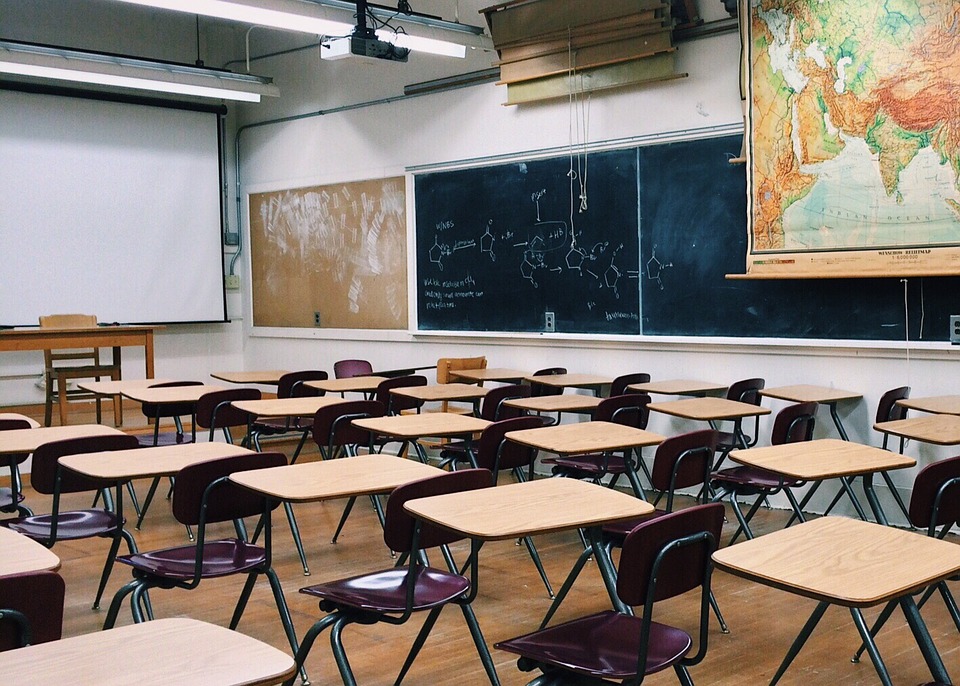As a teacher or principal, you want the very best for your students. You want them to be prepared not only for the next grade level, but for life in general. At the same time, you know that you are responsible for them while they are in your care. As such, you want to be prepared for any type of emergency situation that can occur in your classroom at any given moment in time. Here are four practical ways that educators can be better prepared for an emergency health situation that occurs in their room.
Be Up To Date On Your First Aid and CPR Training
While you will always want to get professional assistance as soon as possible for any student in your classroom who has a medical emergency, there are times when you just cannot wait. You will better serve your students if you are trained and up to date with your first aid and CPR training. Knowing some of the basics can literally mean the difference between life and death. If you have athletes in the classroom, you should also be aware of how to use an AED (Automated External Defibrillator) and know where the one in your school is located. This is because Sudden Cardiac Arrest is the leading cause of death in young athletes.
Know Your School’s Policy for Health Related Emergencies
If you know the policy in your school related to health emergencies in the classroom, you will know exactly what to do when such an occasion arises. Have a plan in place to make sure that the rest of the class is taken care of while you attend to the situation at hand. Whatever procedures your school asks you to follow, it is best that you know them by heart so that you can act quickly and decisively.
Hire Someone Who is Educated in Emergency Management
You never know when emergencies are going to occur in your school. If you’re a principal, then you might want to consider hiring someone who has their degree in emergency management. This will have an impact on the overall student health and help your school to better face any sudden emergency issues—responding to student-related emergencies, handling a crisis, and training other teachers on how to handle such situations. If you’re a teacher and your school doesn’t have a professional who can do this, then you may want to ask your principal or the school district to have a professional who has that type of background to come in and train everyone on emergency procedures.
Train Your Students to Be Prepared
This is particularly helpful at the older grades. Educate your students on what to do in the event of the emergency. It is important to not frighten them, but to let them know where to go and how to behave during an emergency situation.
These are four helpful ways to help you, as a teacher, be ready in the event that a medical emergency occurs in your class for any reason. We all hope that we never need these skills, but we also know that these are dangerous times that we live in. Being prepared as a teacher will help ensure that our students remain as safe as possible while in our care.

